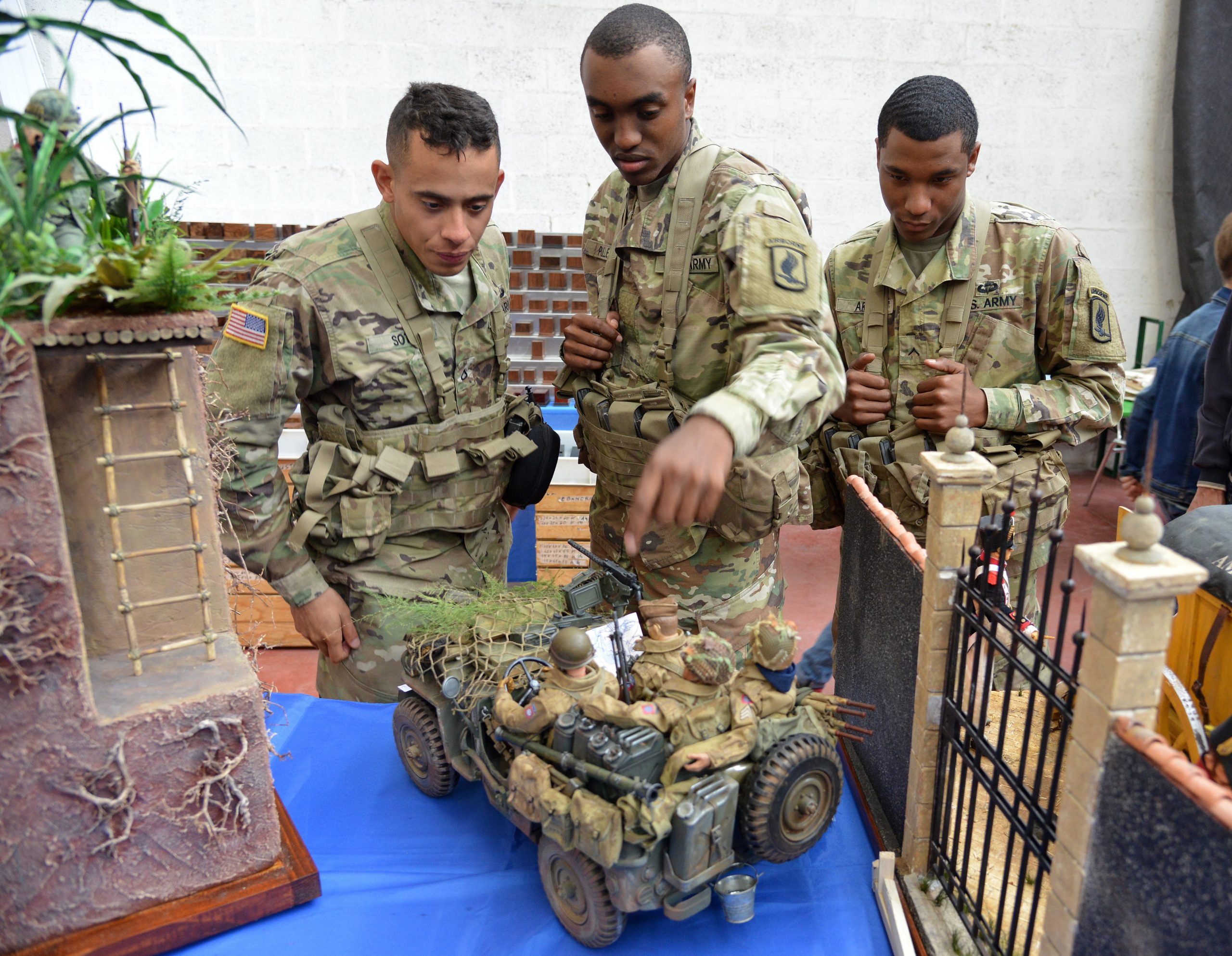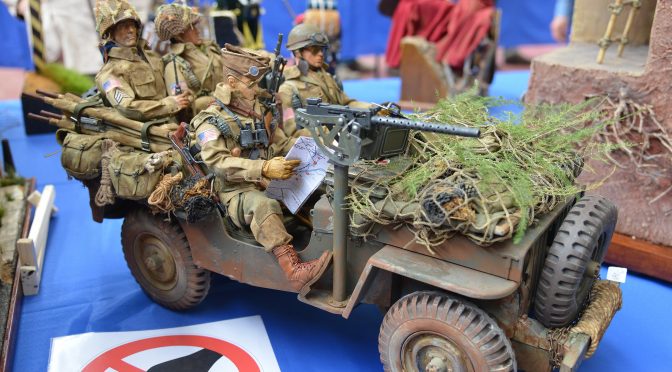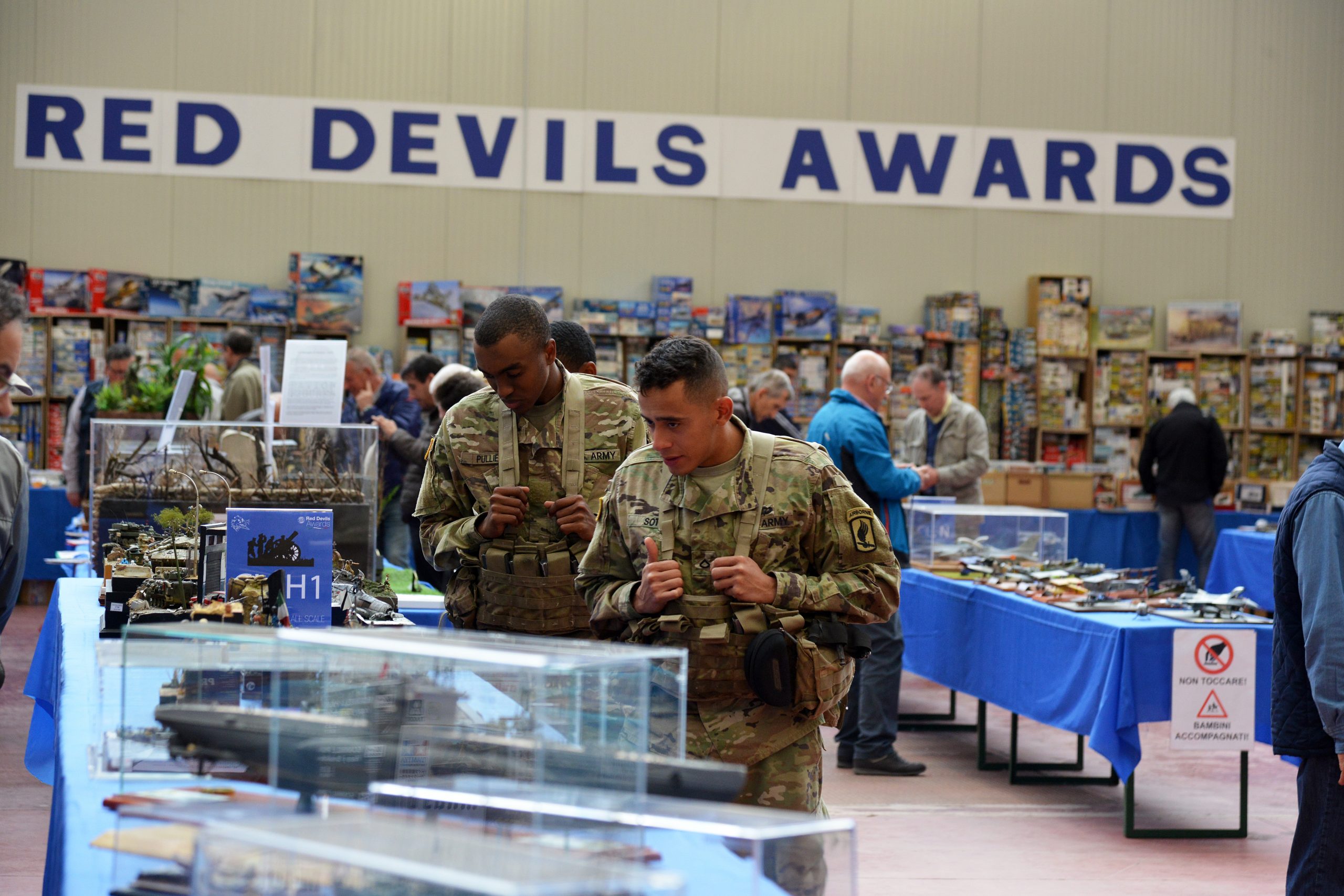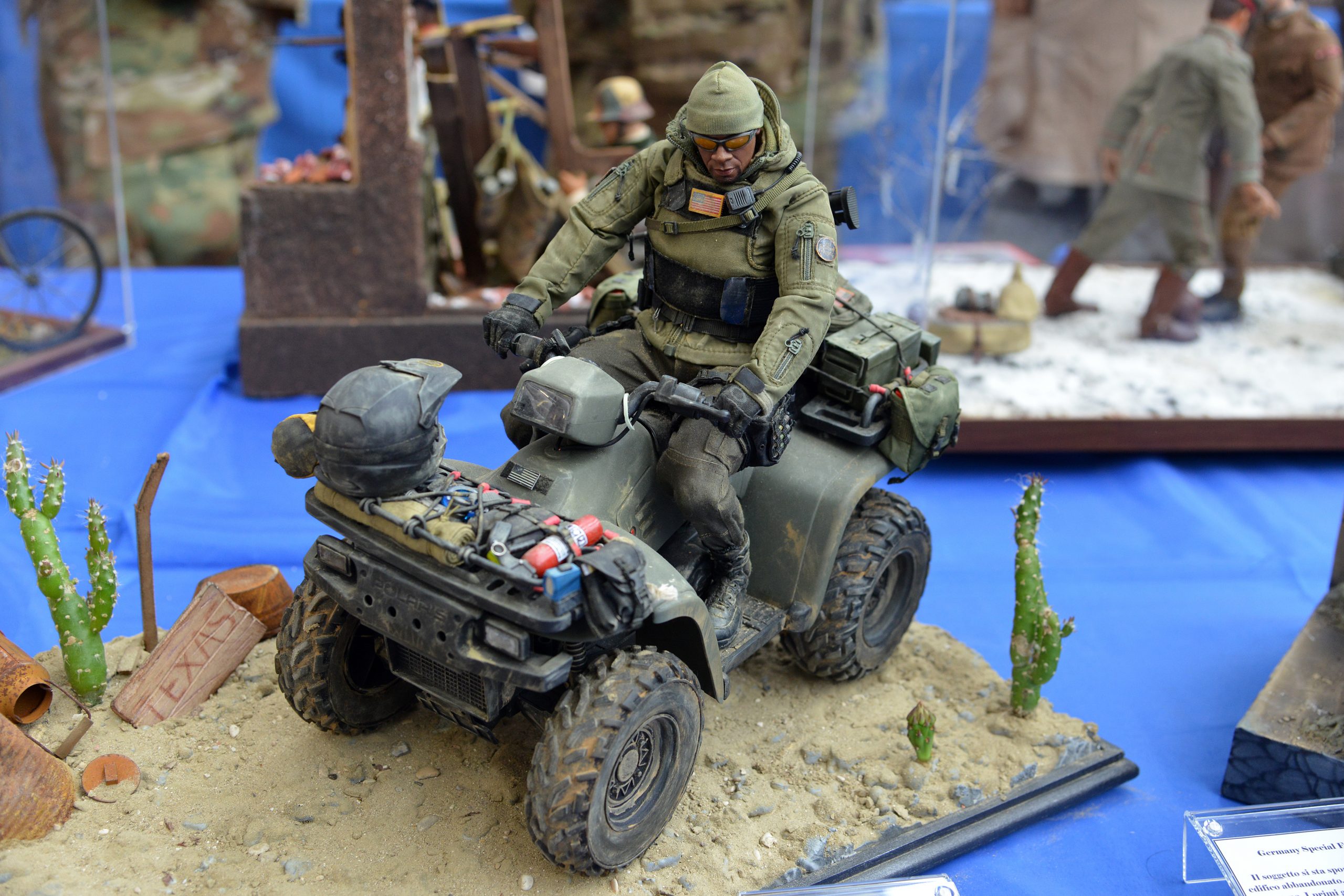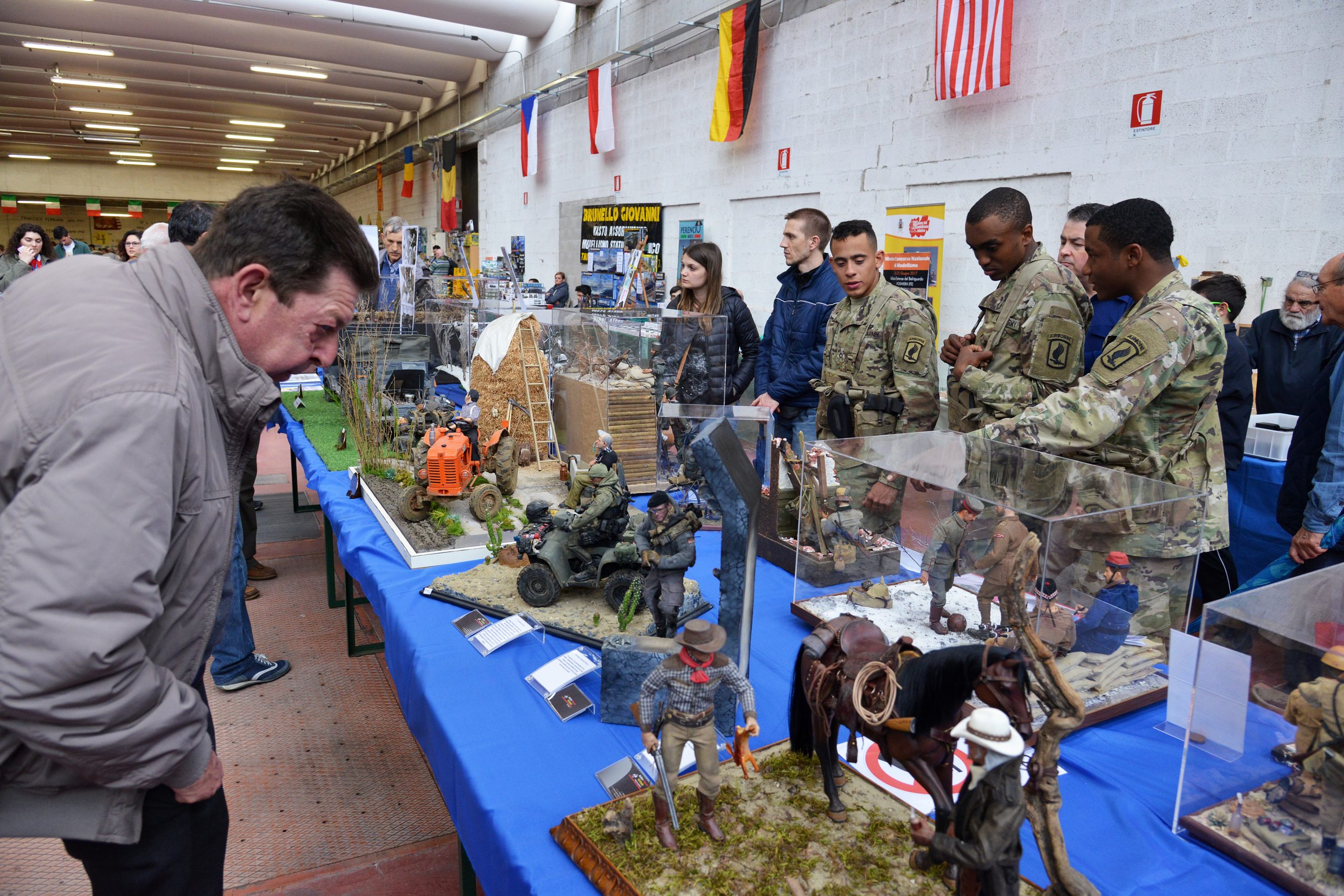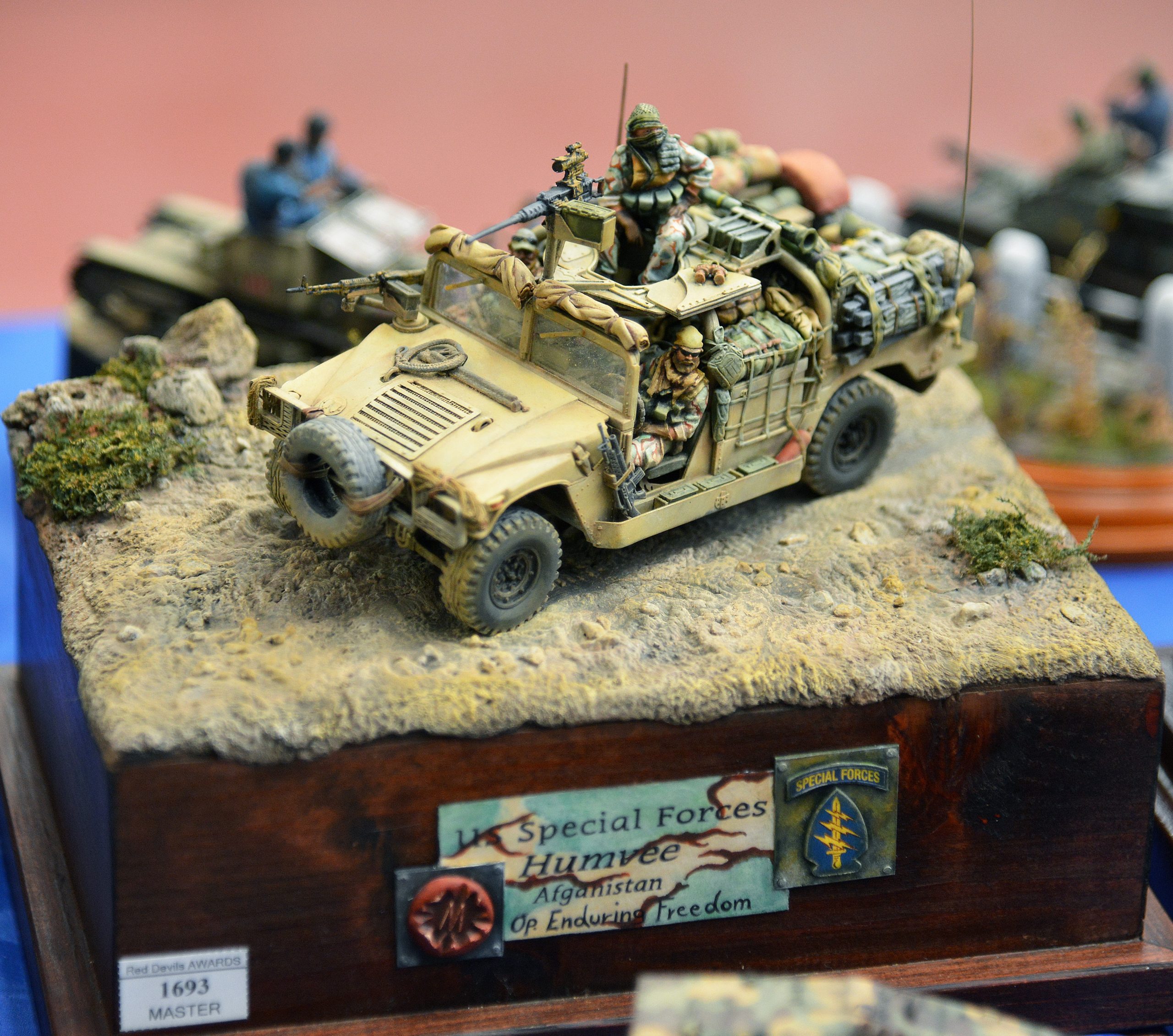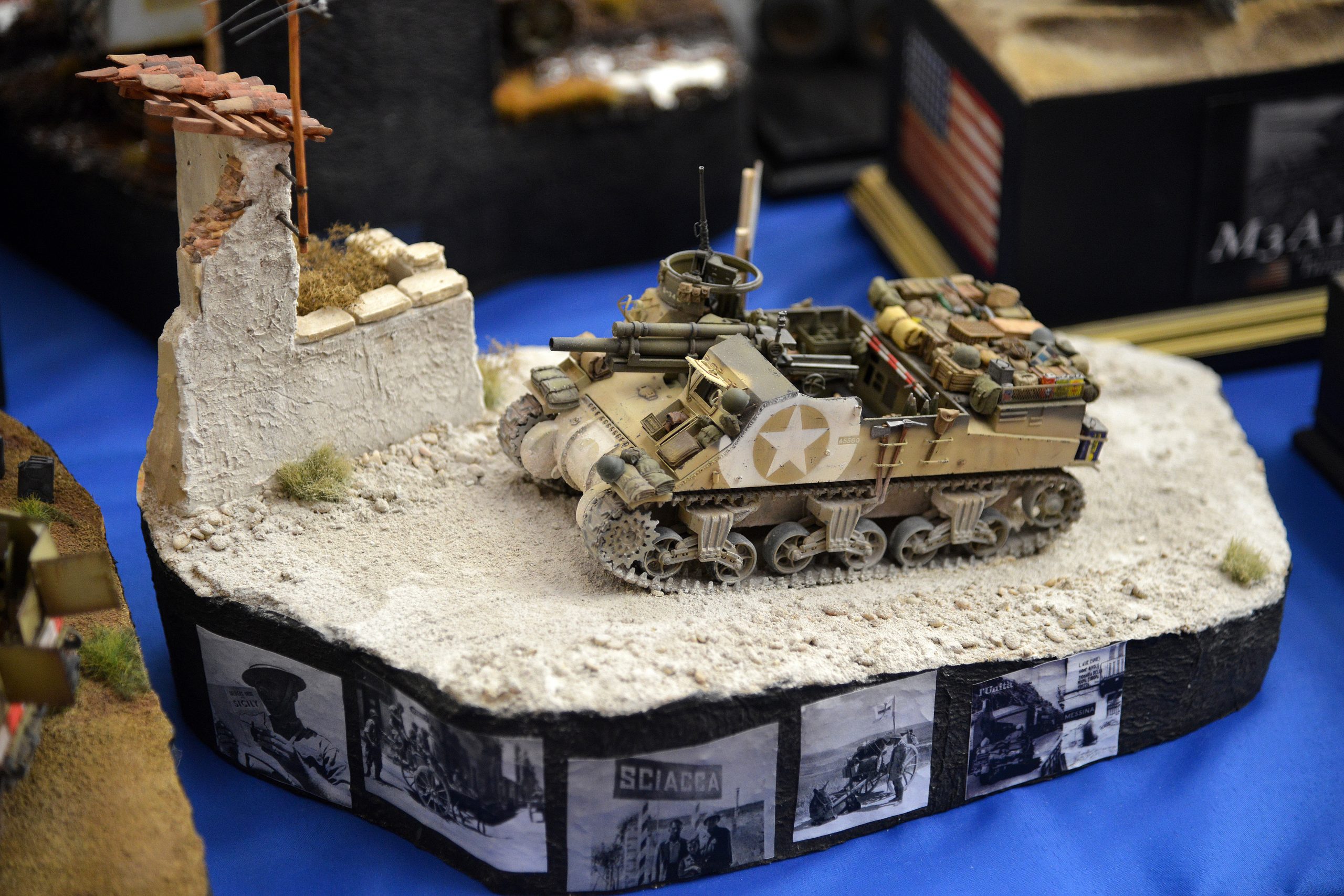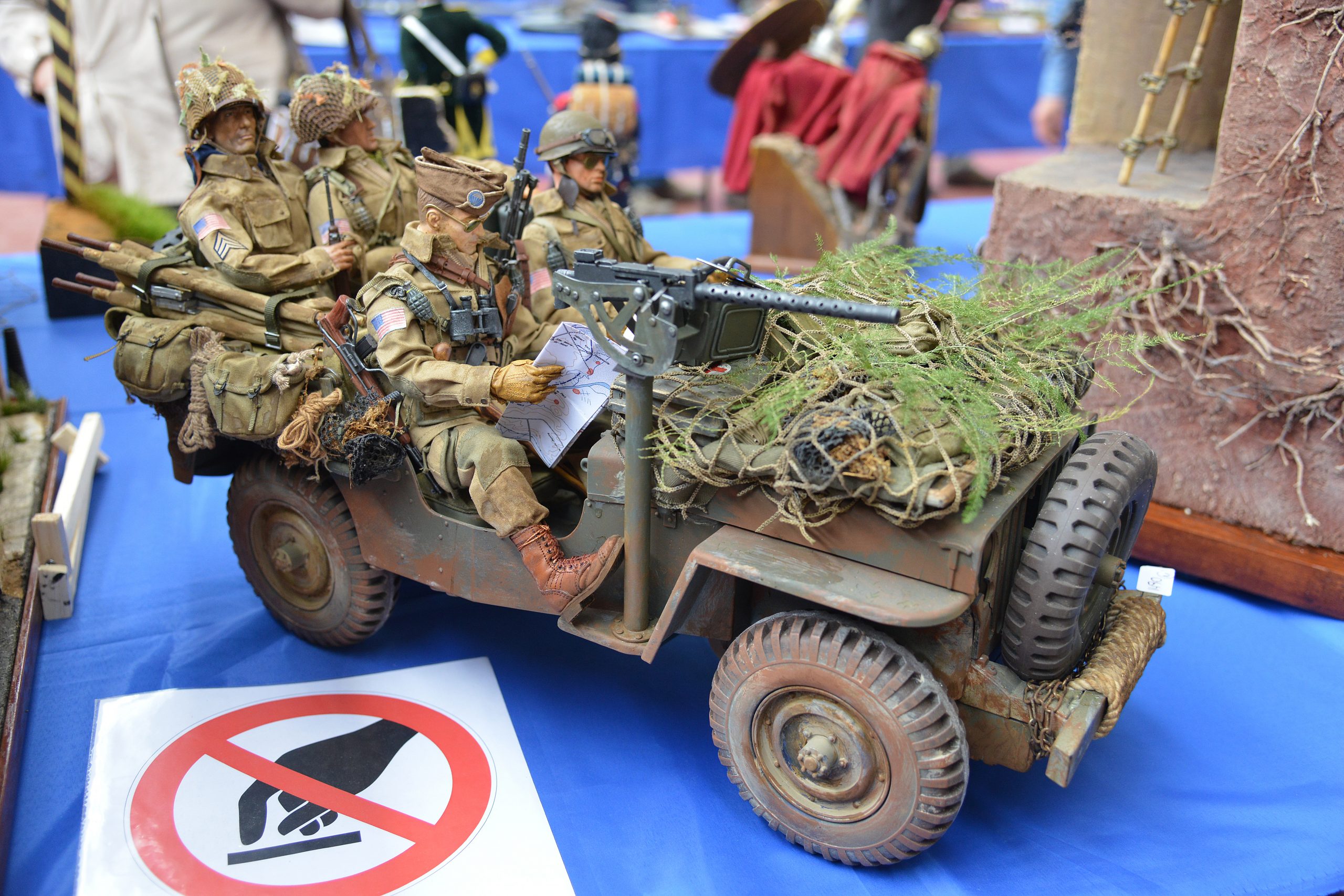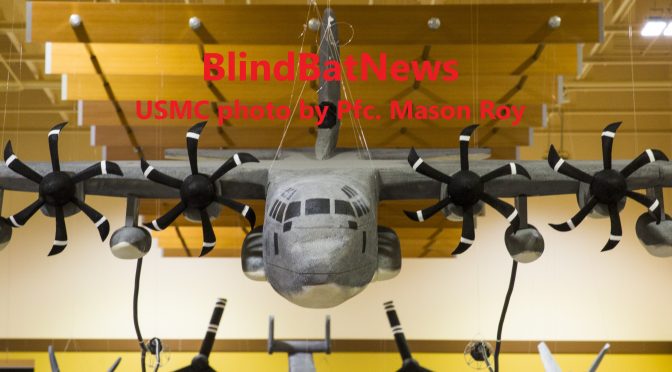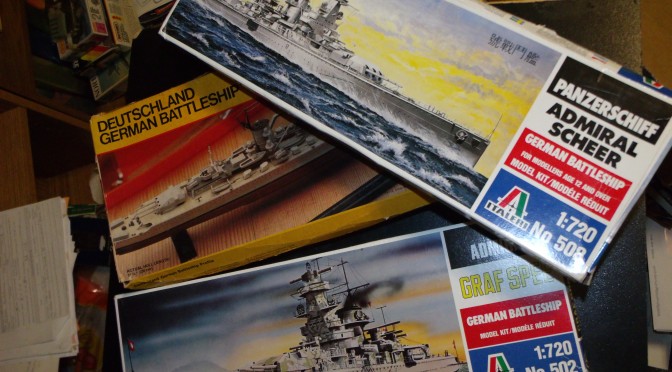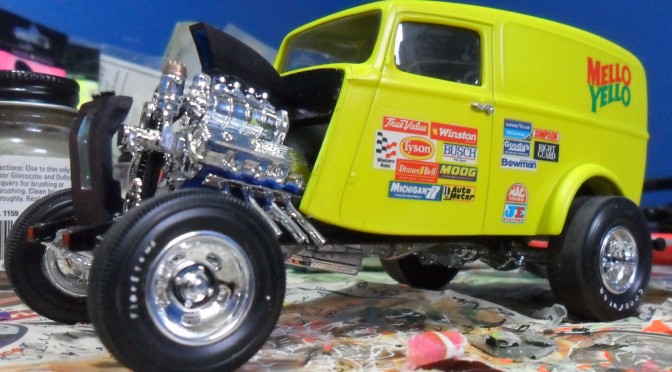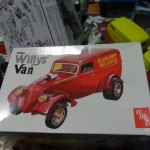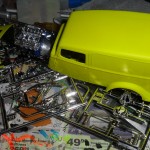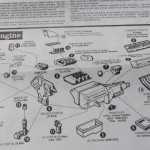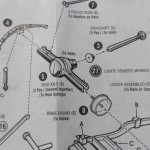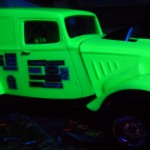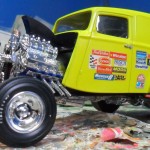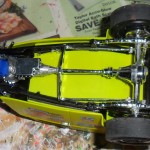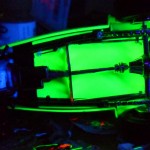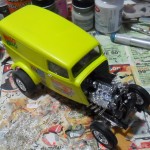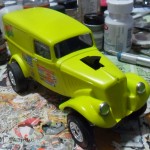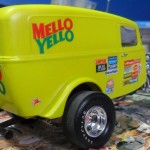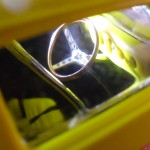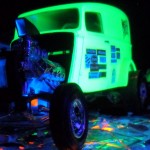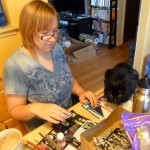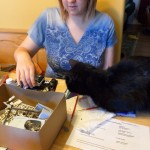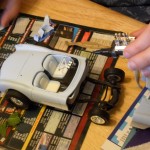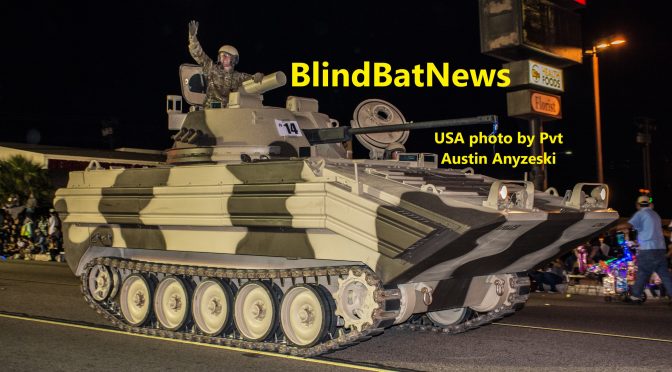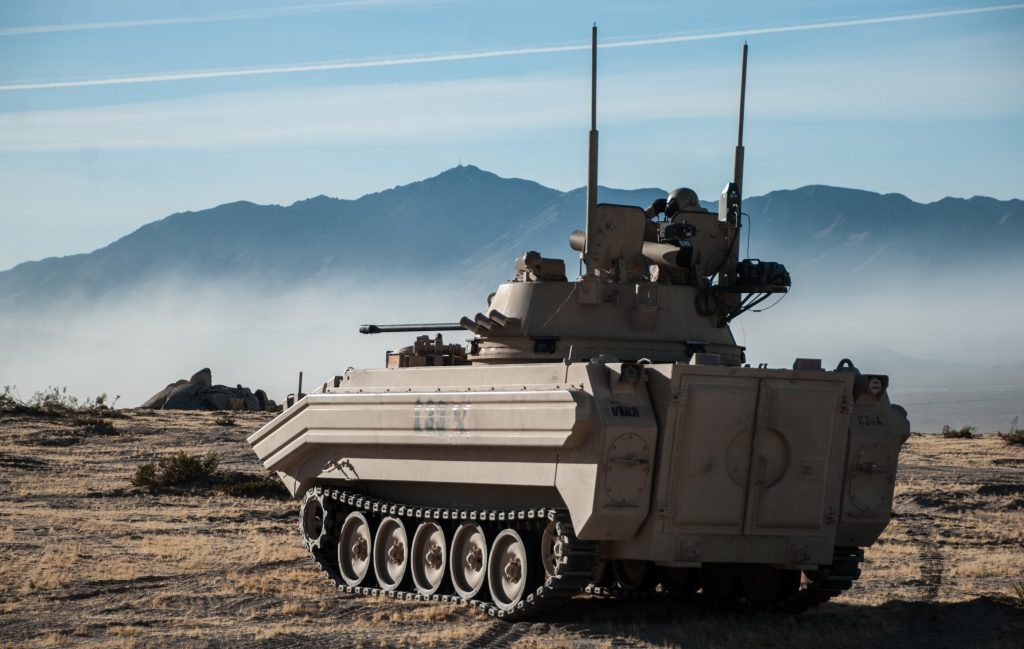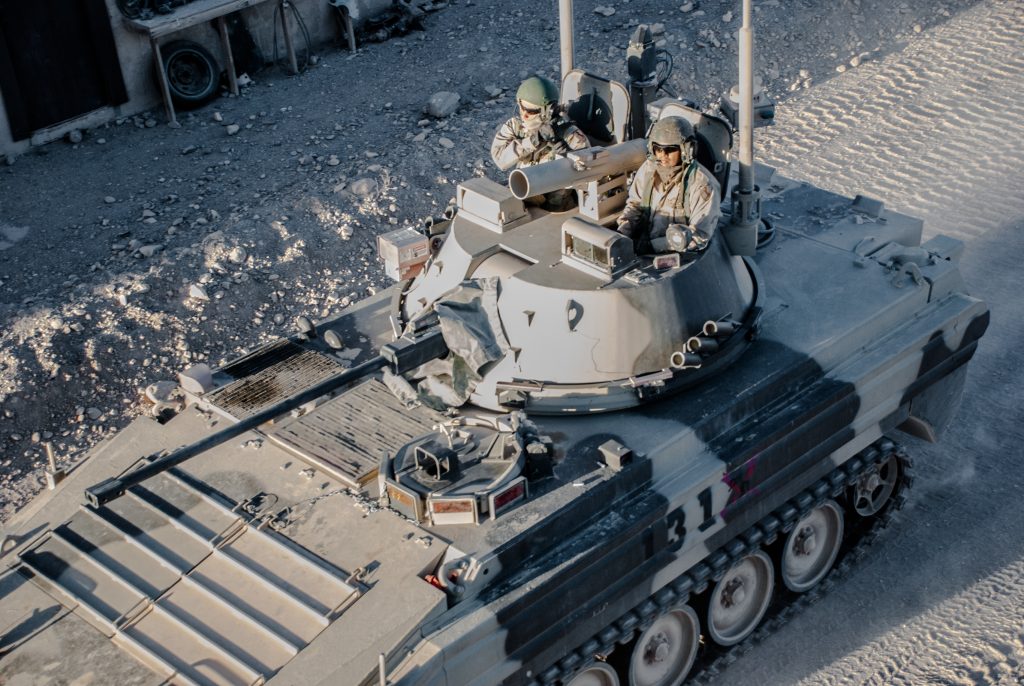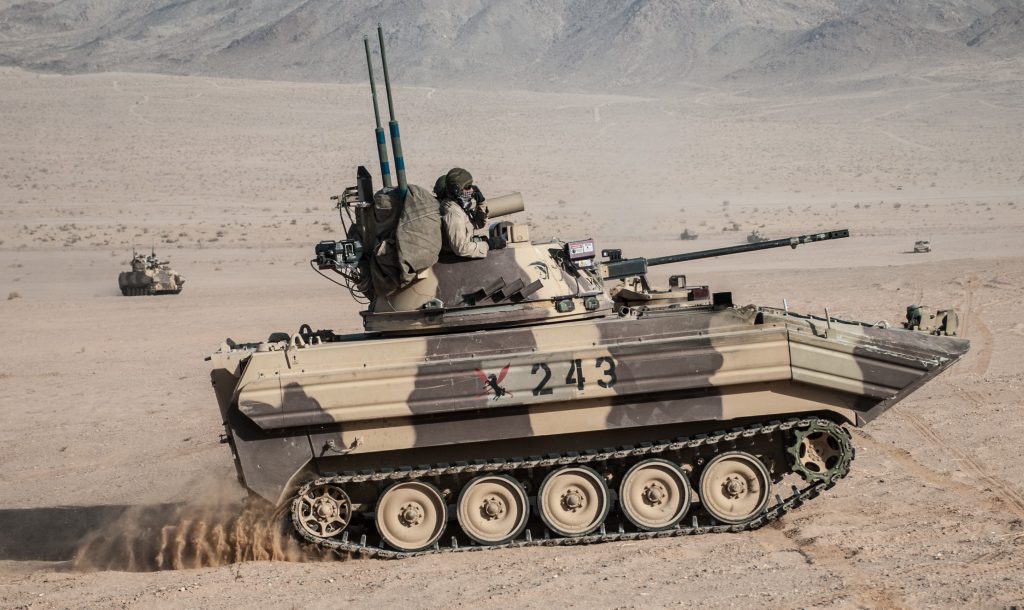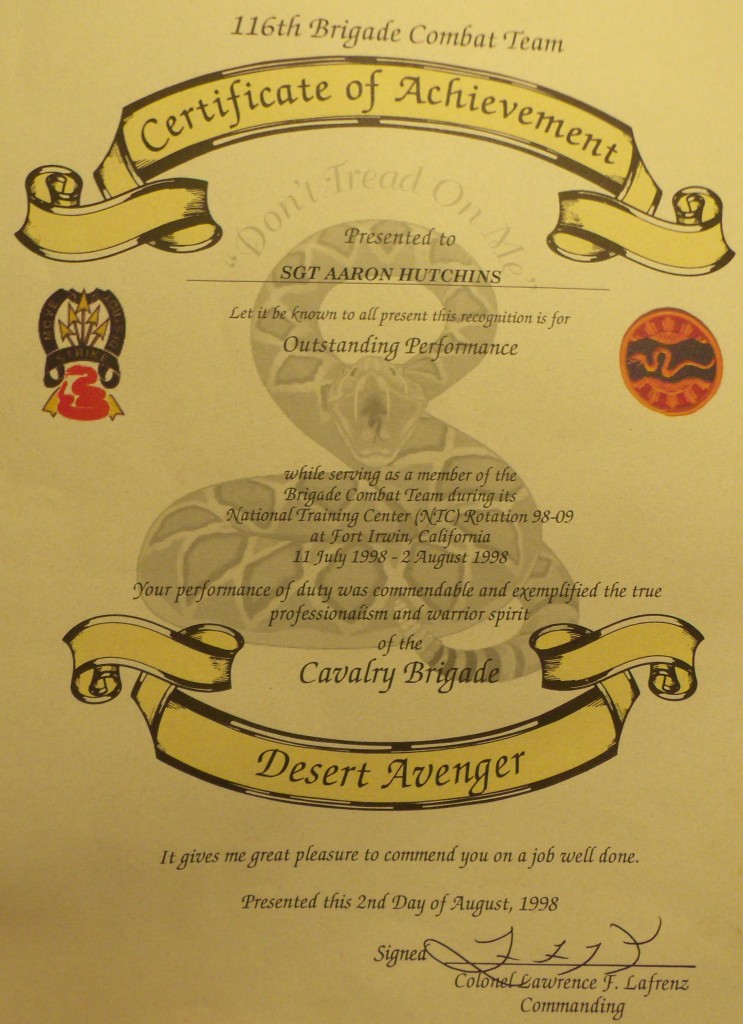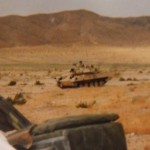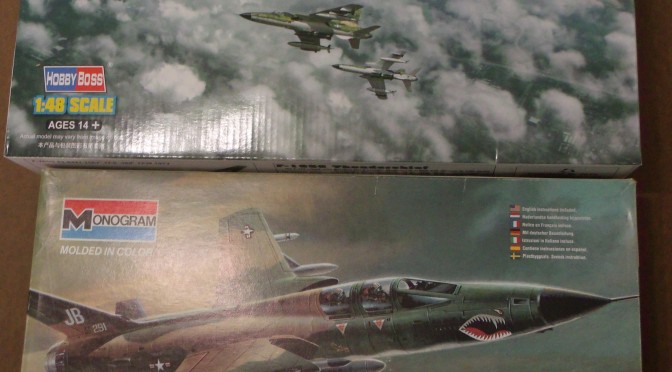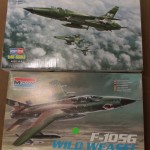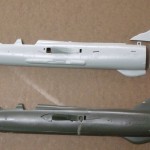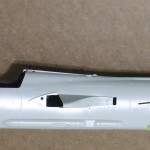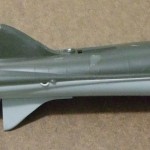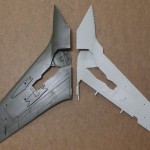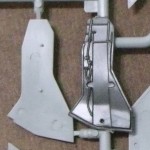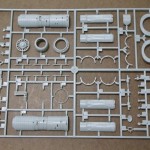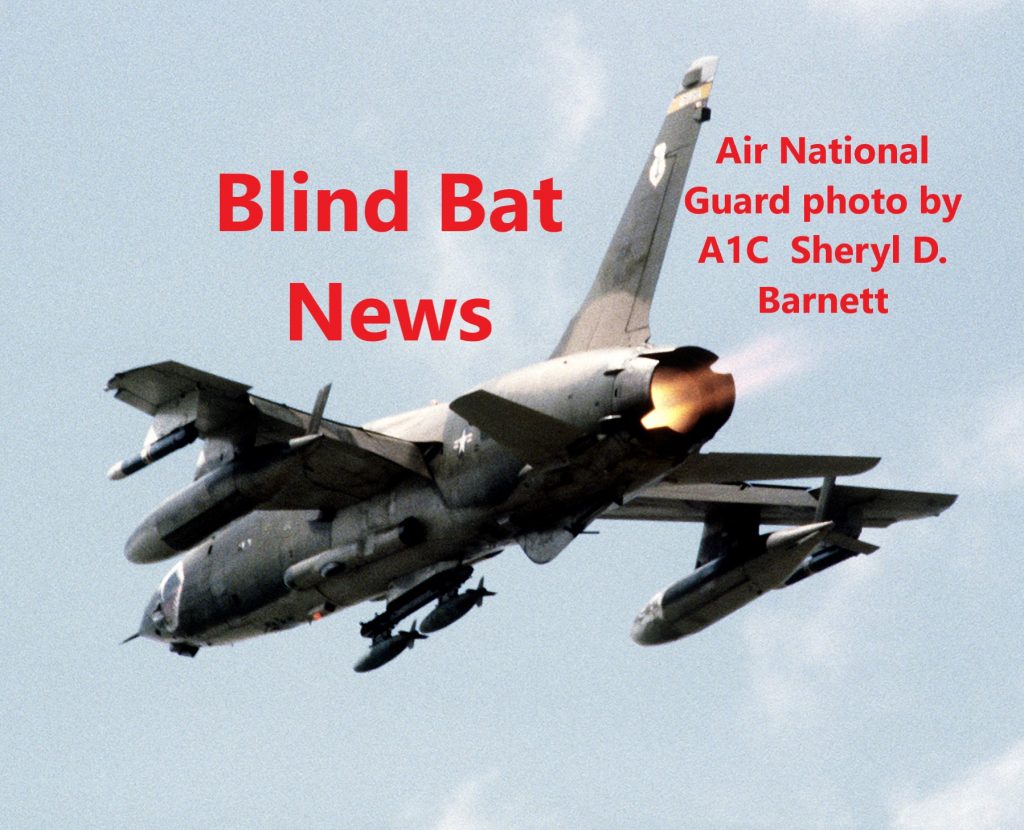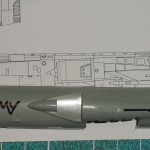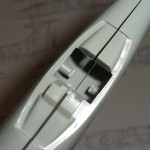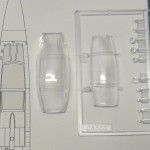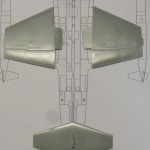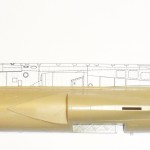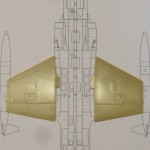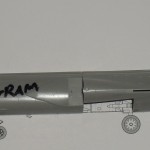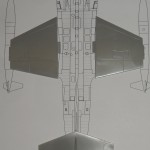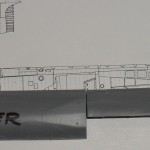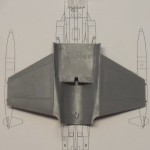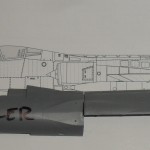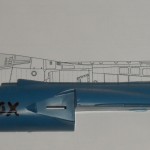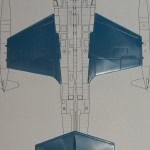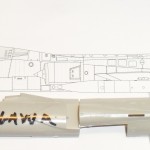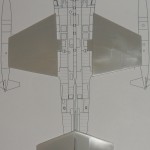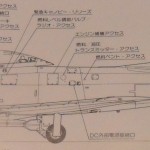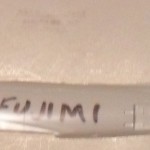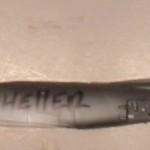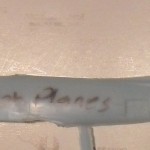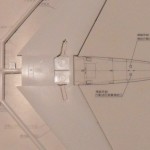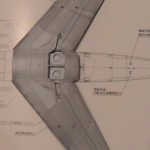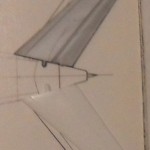Italeri recently re-issued its old but nice looking Deutschland class heavy cruisers (they are not battleships) in 1:720 scale.
These kits represent the class before the 1939-40 rebuilds (refit). They were first issued in the late 1970s, and have excellent detail for the scale (which made some of the larger scale ship kits look even worse than they were; 1:600 Airfix, Aurora, 1:570 Revell, etc). In the 1980s Testors issued them in the United States. Italeri issued them again in the 1990s.
Deutschland: Parts distinct to the first ship and prior to the 1939 update and name change. Deutschland originally had ‘exposed’ torpedo tubes, but the Italeri kit comes with the armored tubes.
Scheer: Parts distinct to the second ship of the line, prior to its 1939-40 rebuild.
Graff Spee: Parts distinct to its final year of life, 1939, with one exception; the kit does not come with the ‘mattress/bed spring’ radar that should be mounted on the front of the tower range finder. Note that prior to 1939 Graf Spee was fitted out similar to Scheer, so if you want to model an earlier Graf Spee just buy the Scheer kit.
Lützow: Parts distinct to the 1939 update to Deutschland (when its name was changed to Lützow), but prior to its 1940 rebuild.
Click the pic to make bigger:
-
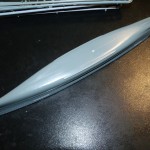
-
They all look like this. Can be built waterline or full hull.
-
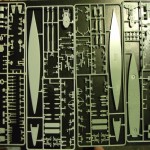
-
At first glance they might look the same, but each sprue has parts unique to each ship.
-
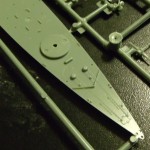
-
Nice detail for 1:720 scale.
-
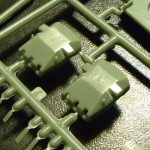
-
Turrets that look better than some 1:600 scale ships.
-
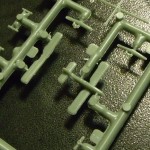
-
This 1:720 Heinkel 60 looks better than a 1:600 scale Airfix Arado 196.
-
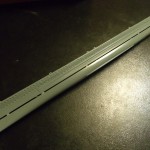
-
Nice hull details. It can be built full-hull or waterline.
-
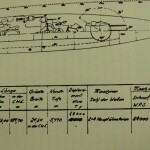
-
These Weimar era ship specifications show the original displacement marked out and replaced with a bogus displacement of 10,000 tonnes.
-
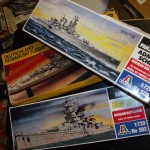
-

-
This pre-1939 photo shows Graf Spee and Scheer with identical towers.
-
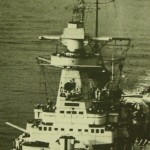
-
1939 tower arraignment of Graf Spee, including mattress radar in front of new range finder.
-
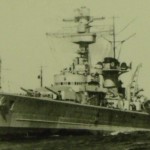
-
1939-40’s Lützow. Small windshield (funnel cap) on smoke stack, new recovery cranes and range finders. Note missing anchor, and it looks like the middle main gun tube is missing. The photo was supposedly taken after Lützow was torpedoed in the ass.
For decades these ships were called battleships by the victors of World War Two, which is ridiculous since battleships ranged in the 30-thousand to 50-thousand tonnes standard displacement range. It’s the result of official British empire government backed news media propaganda (today called Fake News) coming up with the Fake News phrase Pocket Battleship. It was an attempt by the British government to rile up their subjects to support war with Nazi Germany. Nazi and Blitzkrieg were also Fake News terms made up by the British main stream news media, they were not German terms, although the Germans liked the word Blitzkrieg and used it themselves. What should be noted is that the Deutschland class of ships were not constructed by the ‘Nazis’, but by the western imposed Weimar government in the early 1930s, before the NSDAP (National Sozialistische Deutsche Arbeiter Partei) was democratically elected to power. While these ships violated treaties limiting warship sizes, the violation was initiated by the Weimar government, not the NSDAP (incorrectly called Nazi by the British Fake News Media).
Under treaty cruisers were limited to 10-thousand tonnes (metric tons) standard displacement. According to some sources we will never know the true displacement because Weimar bureaucrats altered the official data. Today it’s generally accepted that Deutschland was just over the 10-thousand tonnes limit, Scheer was closer to 13-thousand and Graf Spee closer to 14-thousand tonnes.
The differences in weight between the ‘sister’ ships is due to subtle alterations in the hulls of Scheer and Graf Spee to accommodate extra armor protection. Official suspect data give the same length and width for all ships, but hull height for Scheer and Graf Spee is 0.2 meter shorter that Deutschland. I would assume that with the extra armor the hull side thickness was greater than Deutschland’s (naval researcher H.T. Lenton says Spee/Scheer were about 1 meter [3 feet] wider than Deutschland-Lutzow).
Knowing that official data for the ships are suspect it’s no use getting knit-picky about accuracy. The best thing is to use photographs of the ship you want to depict at the time period your interested in.
Graf Spee was the first to go, sunk by its own crew in South America in 1939, after being damaged by three Royal Navy cruisers. During its South Atlantic adventure Graf Spee underwent attempts at deception, making itself look like a full fledged battleship with extra gun turret and exhaust funnel, and even painting the name Deutschland on the side of the hull.
Lützow and Scheer lived longer than anybody expected. Not only did the British want them sunk, but, at the protests of the Deutsche KriegsMarine (DKM), Adolph Hitler ordered them scrapped in 1943.
Scheer ended up being used as a training ship and artillery platform against Soviet ground forces. Scheer was sunk in April 1945 by Royal Air Force bombers, a month before Germany surrendered.
Lützow was disabled and used as an artillery platform against the Soviets, supposedly destroyed by its crew as the Soviets overran the port. Western news sources reported that the Soviets had raised Lützow for the purpose of scrapping it. In 2000 it was discovered the Soviets used Lützow for target practice, sinking it in 1947.
The only disappointing thing I find about these Italeri kits is that no decals come with them. It would be nice to have each ship’s bow shield/crest and the Coronel nameplate on the front of Graf Spee’s tower. (you can adapt 1:700 aftermarket decals to these 1:720 scale kits, as well as PE sets)
1/1 SCALE F-4 PHANTOM-2 MODEL
MORE PROOF INSTRUCTIONS ARE WRONG: AMT WILLYS VAN RETRO ISSUE
